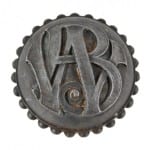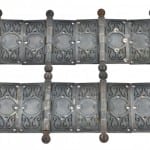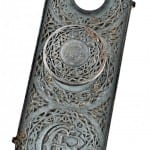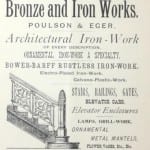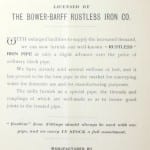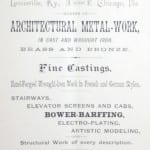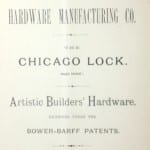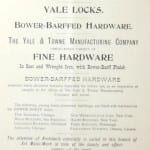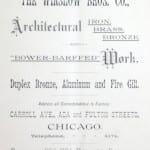demystifying the bower-barff process: an analysis of "rust-proof" ornamental iron and builders' hardware
This entry was posted on October 25 2022 by Eric
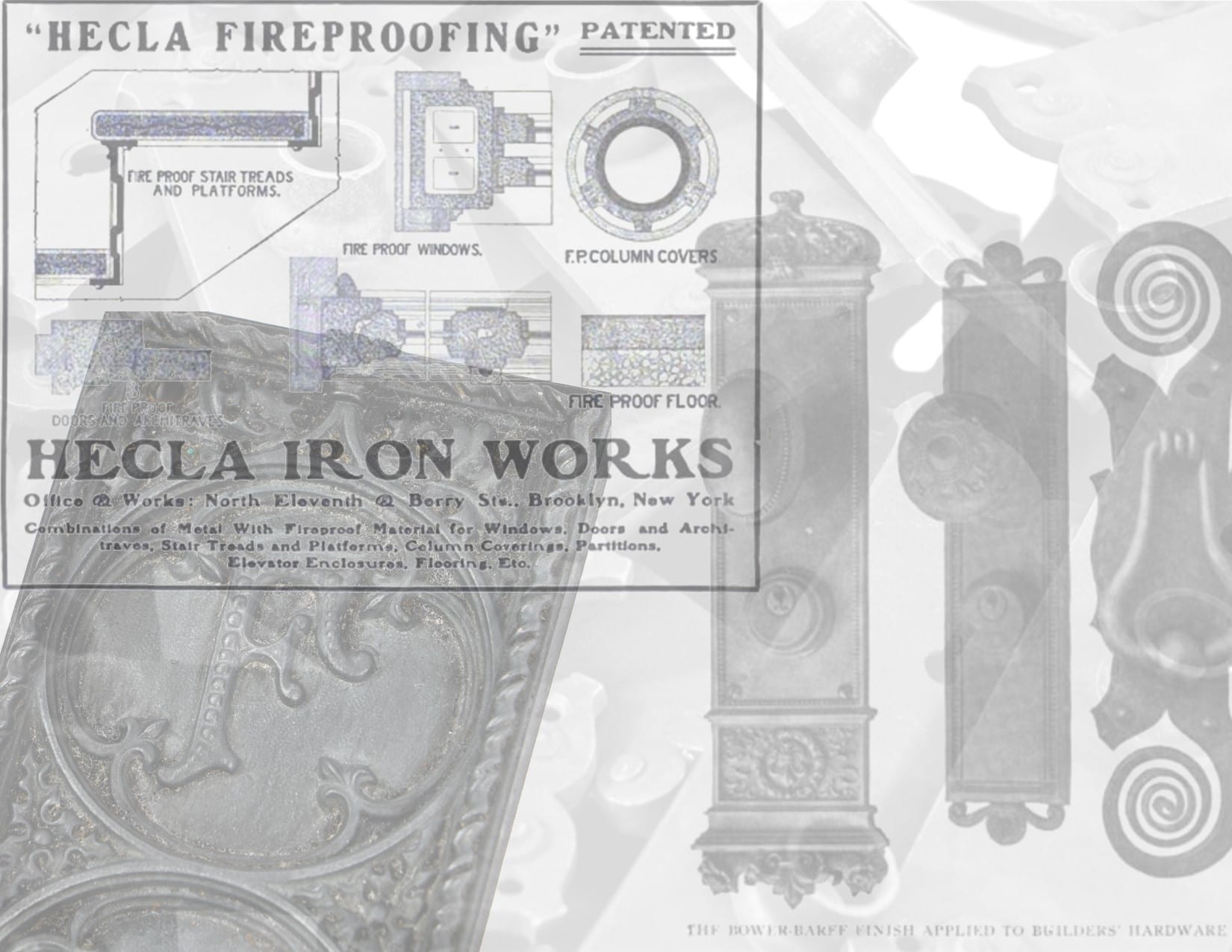
the 19th century saw new technologies emerge in all areas of production, including improvements in metallurgical processes that shifted use of materials in all areas of life, from construction to household goods. the bower-barff process is one such development, a method of making iron rust-resistant that became ubiquitous in its use and appears in victorian-era hardware and ironwork as a highly desirable blue-grey or blue-black finish, one that still preserves the sharp outline of designs.
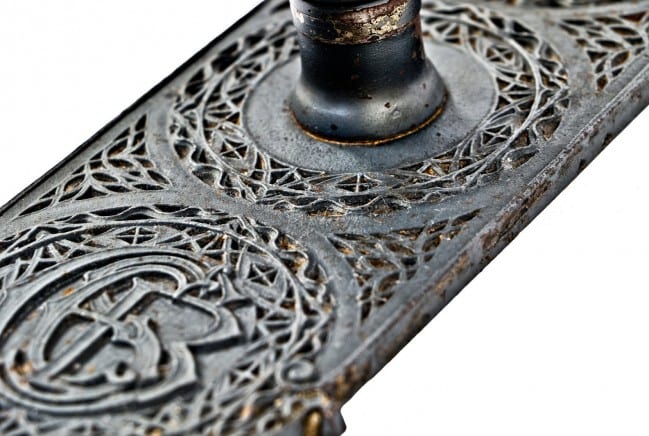
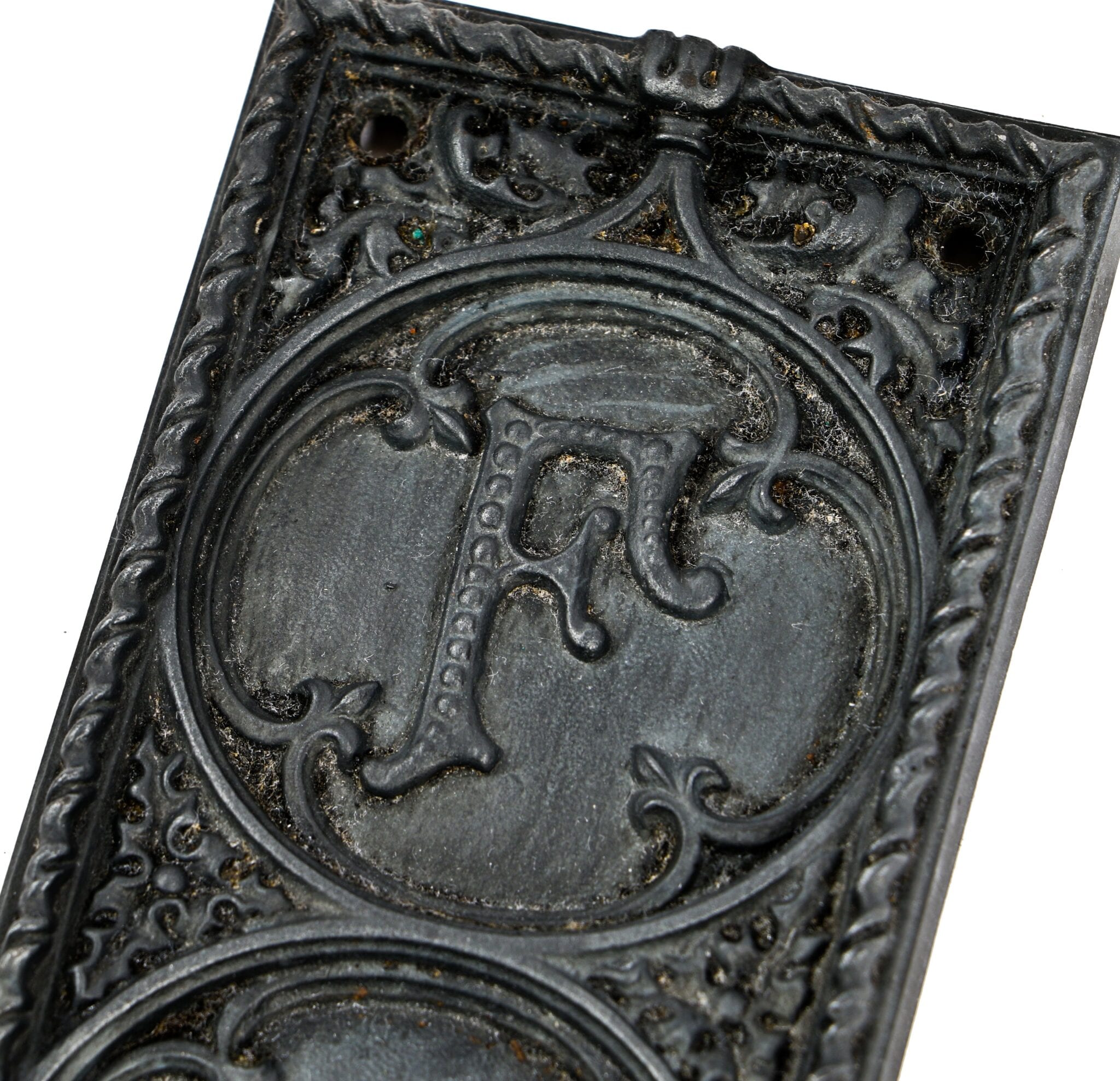
according to an 1890's publication, chemists had long attempted to artificially produce the magnetic black oxide of iron. an early method of achieving rust-resistance was to flash rust ironwork intentionally as a sort of prophylactic method whereby the action of air and water formed a compound on the metal. the rust can be converted to magnetite by a next step of hydrogen reduction. the compounds with the least oxygen are hard, black and magnetic like iron itself, while those that have the most oxygen are red and yellow powders. it was found that by putting a tight coating of the black oxide on the iron, it could hinder oxidation from going into the stage where particles are fine, and powdery or crumbling. bower-barff was performed by placing the metal in a closed retort or furnace. a current of super-heated steam would come in contact with the red hot iron successively followed by a current of producer gas (carbon monoxide derived from coal fires), which reduced any higher oxides that may have formed. the process as it was initially invented took 6-8 hours to complete.
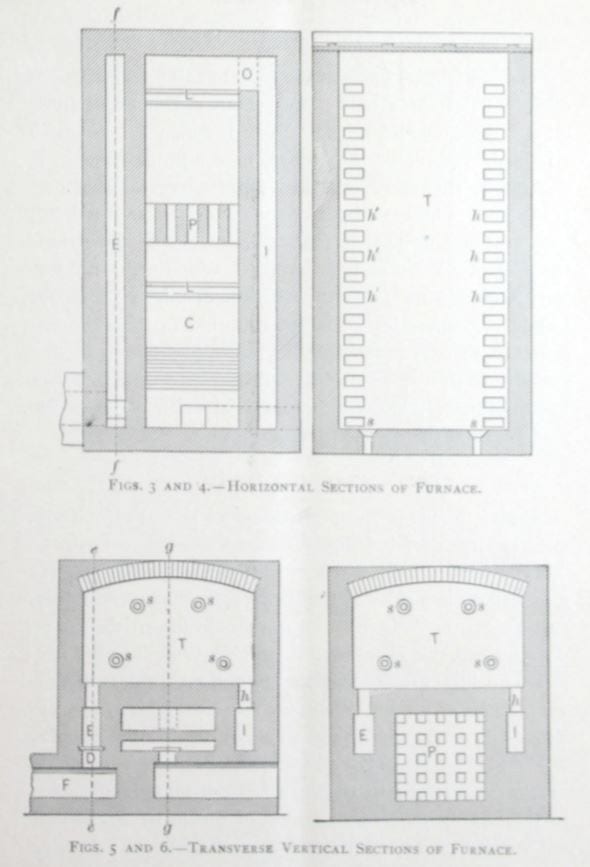
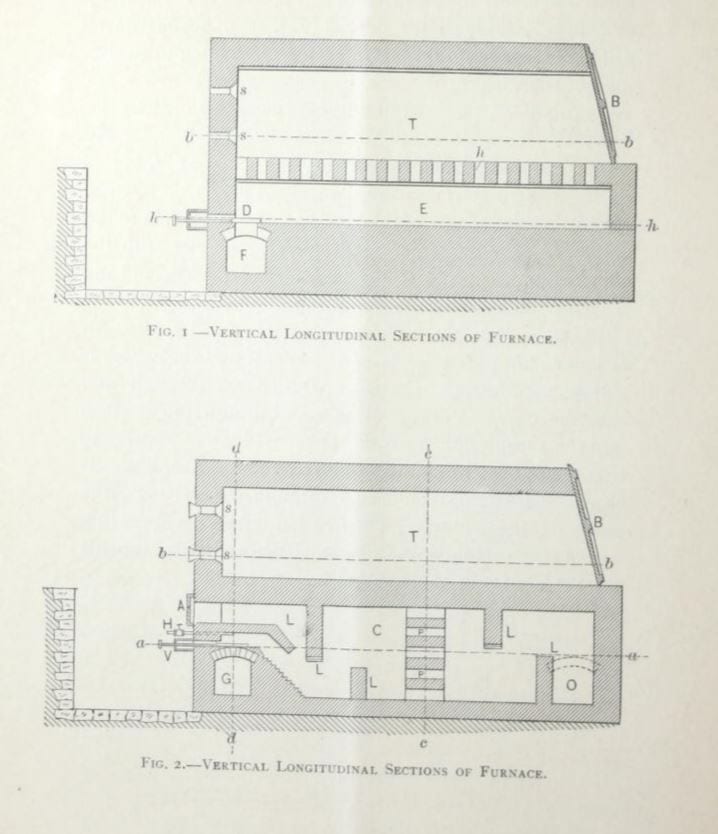
the physical properties of the magnetic oxide coating meant that it was very hard, durable to friction but able to be damaged by hammering and rough usage. wherever the coating was chipped, the iron would rust, though in a localized fashion, very rarely spreading or raising the coating (as is common with paint or electro deposits). because of this weakness, iron put through the bower-barff process would be vulnerable in places where it was riveted, and special tools would need to be furnished for shearing the metal. a c. 1919 publication on "achievements in the chemical industries" describes the process, "these, then, are some of the methods which are now being used to combat our eternal enemy, the rust that doth corrupt. all of them are useful in their several ways. no one of them is best for all purposes. the claim of "rust-proof" is no more to be taken seriously than "fire-proof." we should rather, if we were finical, have to speak of "rust-resisting" coatings as we do of "slow-burning" buildings. nature is insidious and unceasing in her efforts to bring to ruin the achievements of mankind and we need all the weapons we can find to frustrate her destructive determination."
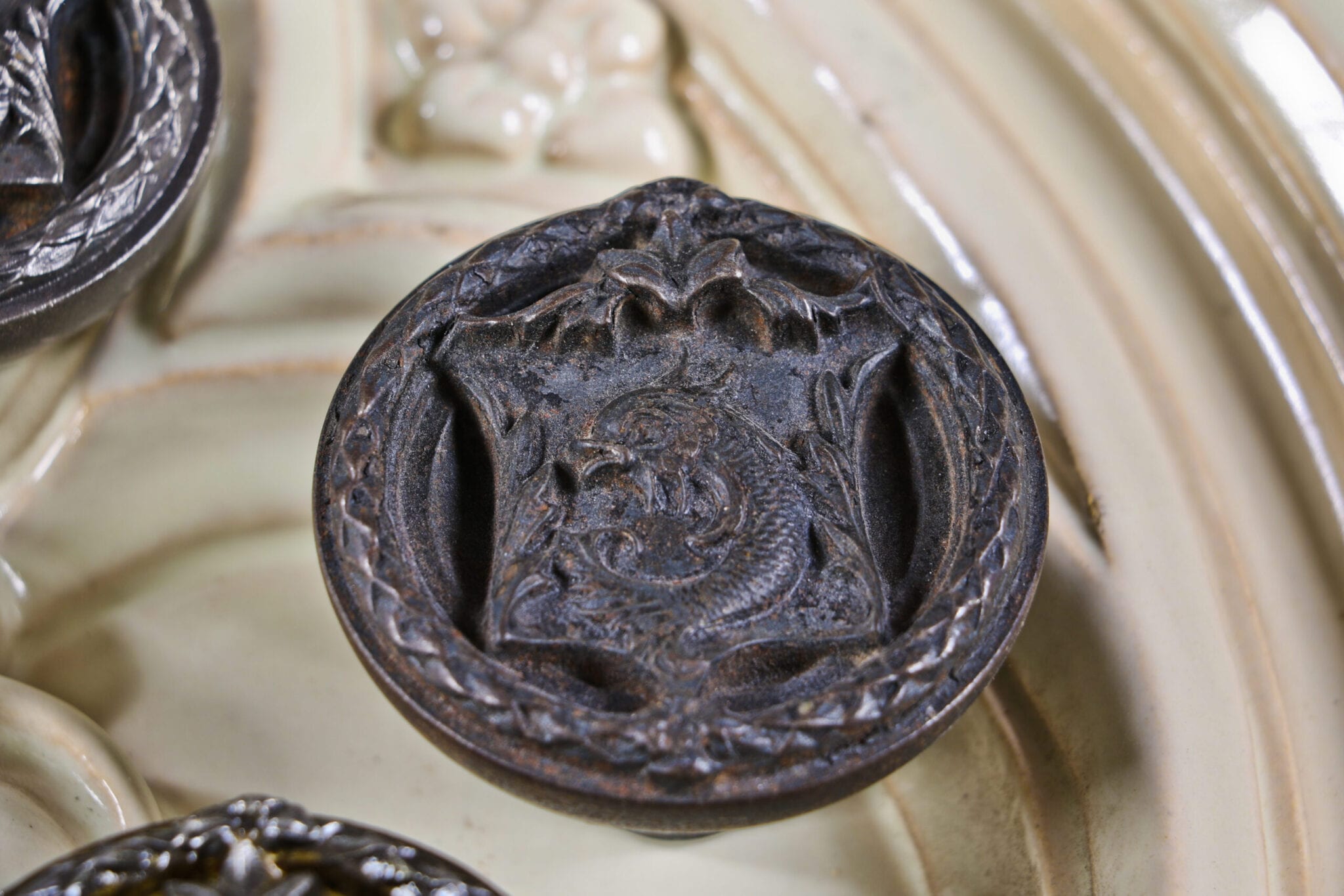
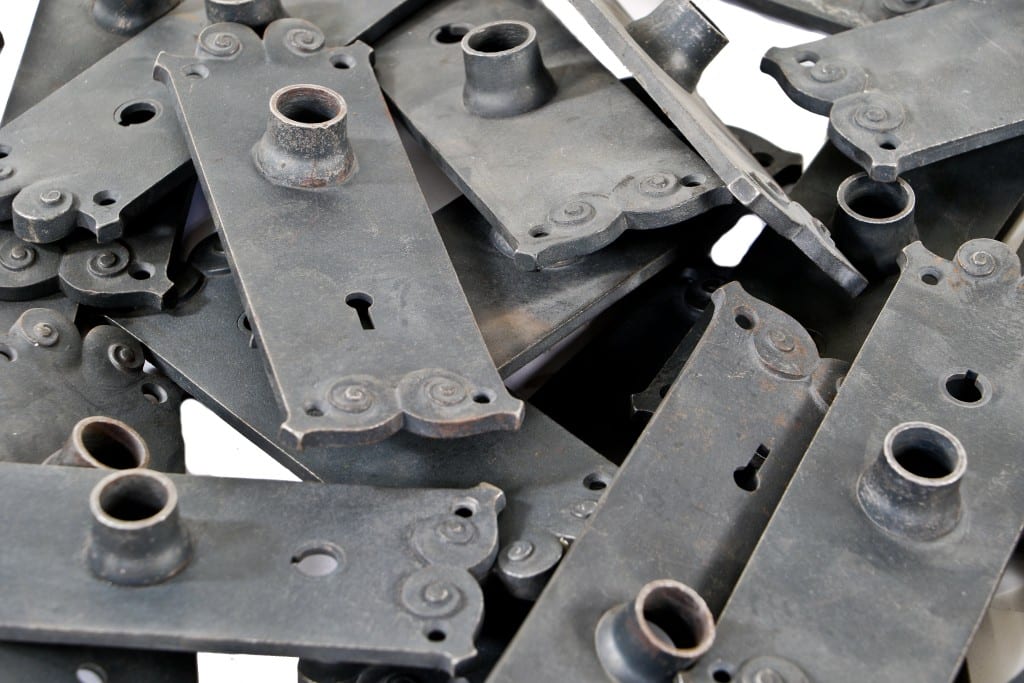
it took many years before the process became made commercially viable, but the feat was first accomplished by frederick barff of kilburn, england, who published an account of his process in 1876, and also read a paper describing his work before the society of arts in london. barff was, at the time, a chemistry professor at the royal academy, and somewhat inadvertently discovered the method while working on the problem of corroding steam boilers. barff understood the significance of the discovery, even in its nascent form, stating "i cannot over-estimate the advantages which the employment of this process must confer on architects, who will be by it enabled to employ iron, whether wrought or cast, much more largely, not only in decoration, but in the construction of their buildings."
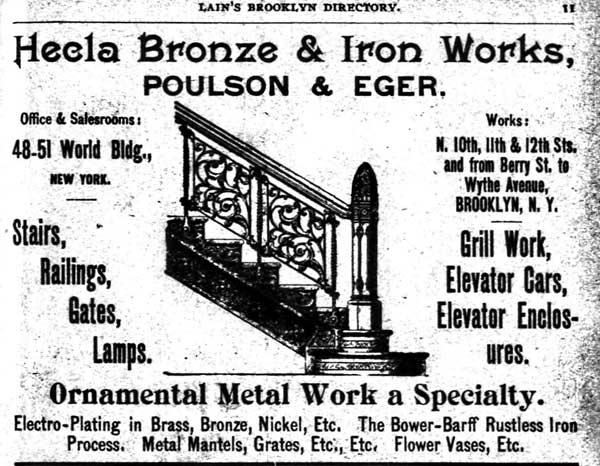
george and anthony bower, englishmen who took an interest in the professor's initial success, continued these experiments, purchased the barff rights, and took out a patent covering their inventions. by combining their improvements with those of professor barff, they formed the well-known bower-barff process. the improved process involved the use carefully regulated amounts of air instead of super-heated steam, thereby reducing much of the equipment needed for heating in "barffing". eventually they began to use carbon monoxide as well as air.
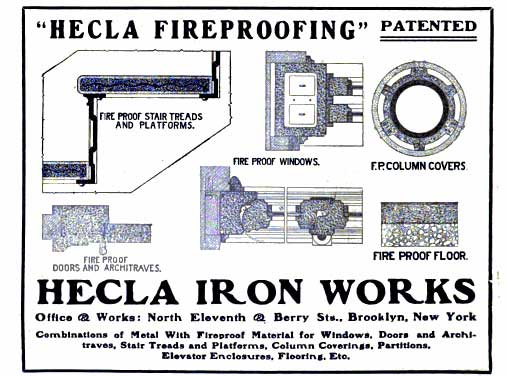
shortly thereafter, george maynard formed the bower-barff rustless iron company of new york, and acquired all rights in the patent for the united states. poulson & eger, proprietors of the hecla architectural iron works of brooklyn were the first to take out a license and construct furnaces, their first being built under maynard's supervision
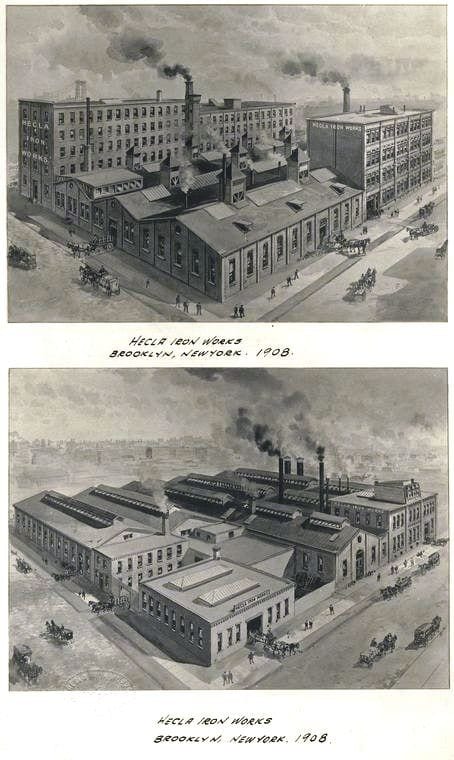
the wells method soon improved on the bower-barff method to create a more cost-effective operation. the articles to be treated, being charged into a chamber at a low heat, with both steam and producer gas at the same time, formed the oxide coating in one single operation. subsequent modifications led to patented treatments including the gesner process, the bradley process, the bontempi process, and coslettizing, all of which improved upon the color, uniformity, and thickness of the magnetite coating while bringing down the cost.
the process was applicable to all forms of cast, malleabale and wrought iron and steel where the surfaces would not be subjected to severe friction. it gradually supplanted the expensive, and sometimes toxic methods of galvanizing, or tinning and enameling (especially in household culinary utensils). one of the most significant demands arising from invention of the bower-barff process was for pipe protected by this treatment, for use in plumbing, drainage, gas, salt works, steam-heating, and irrigating. in particular wrought iron pipe presented a sanitary advantage, replacing lead, brass and copper pipe. tin-coated iron had been used but never met with success because of the difficulty in making the tin adhere to the rough inner surface of the pipe. the bower-barff process solved many of the problems associaed with other materials and processes. its advantage was that no foreign substance needed to be introduced, the iron being modified only by oxygen. its ability to withstand corrosion from the elements appeared to be indefinite.
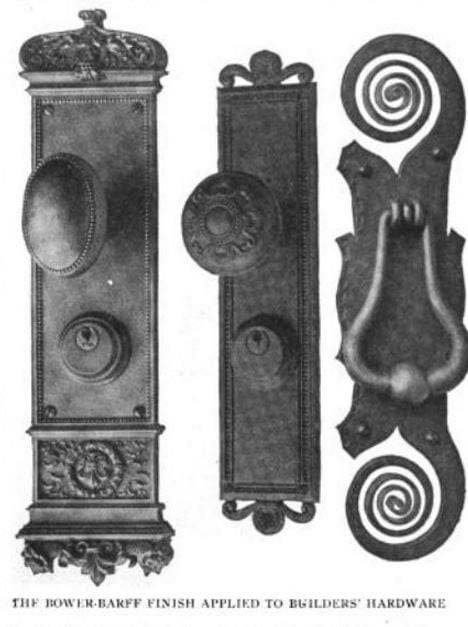
additionally the bower-barff could be used alone or in combination with finishes like electroplating and bronzing or gilding. the deep black finish quickly became a popular treatment for interior ironwork, and in particular hardware and ornamental wrought iron. it was soon considered "the best and only proper finish for art ironwork". by the 1890's a full array of protective and decorative finishes for architectural ironwork was available and in widespread use. although painting continued to be the most common means of decoration and protection, electroplating and the bower-barff process rapidly became the most popular finishing techniques, as indicated by the many commercial buildings that employed them. in particular, the rookery was one of the earliest large applications of the technique for architectural work (just five years after the process was patented).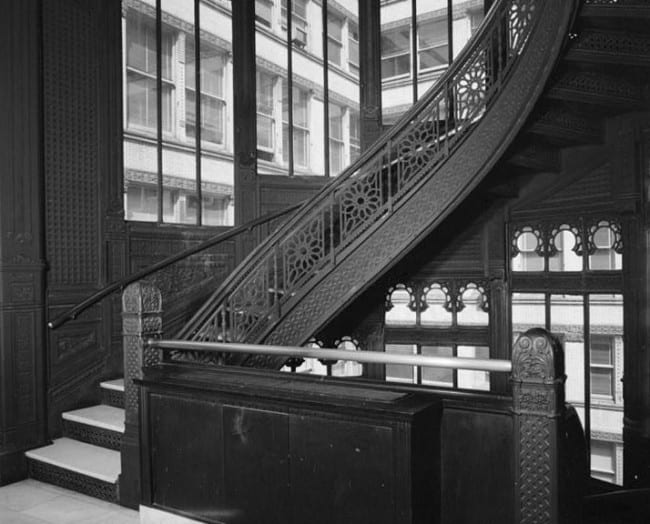
as a barometer of its popular usage, a chicago hardware manufacturing company catalog from 1888 includes an entire special index for "oxidized or rustless iron goods" ranging from coat hooks and electric push buttons to all assortment of pulls, knobs, and escutcheons.
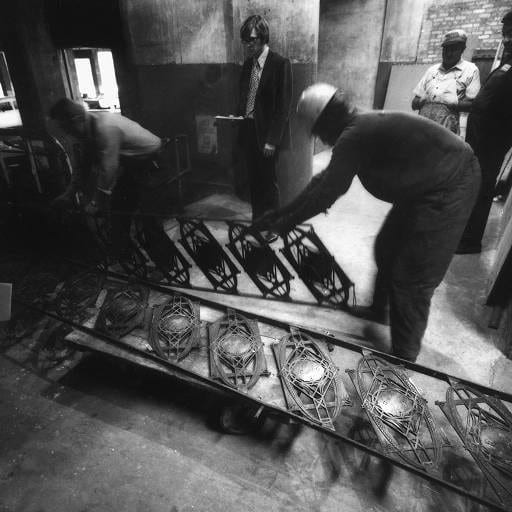
the process continued to be improved upon by successive patents, and was used well into the twentieth century, however, by the late 1930's or 1940's bower-barff finish was far less common if not entirely supplanted by other methods of rust-proofing, invention of alternate alloys and shifts in uses of building material.

This entry was posted in , Miscellaneous, Bldg. 51, Events & Announcements, Featured Posts & Bldg. 51 Feed on October 25 2022 by Eric
WORDLWIDE SHIPPING
If required, please contact an Urban Remains sales associate.
NEW PRODUCTS DAILY
Check back daily as we are constantly adding new products.
PREMIUM SUPPORT
We're here to help answer any question. Contact us anytime!
SALES & PROMOTIONS
Join our newsletter to get the latest information

